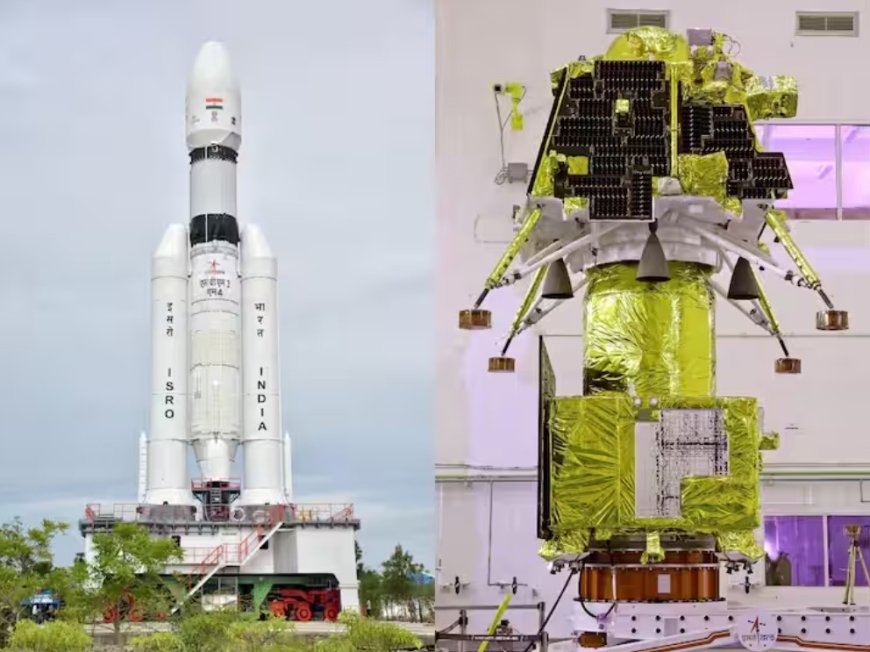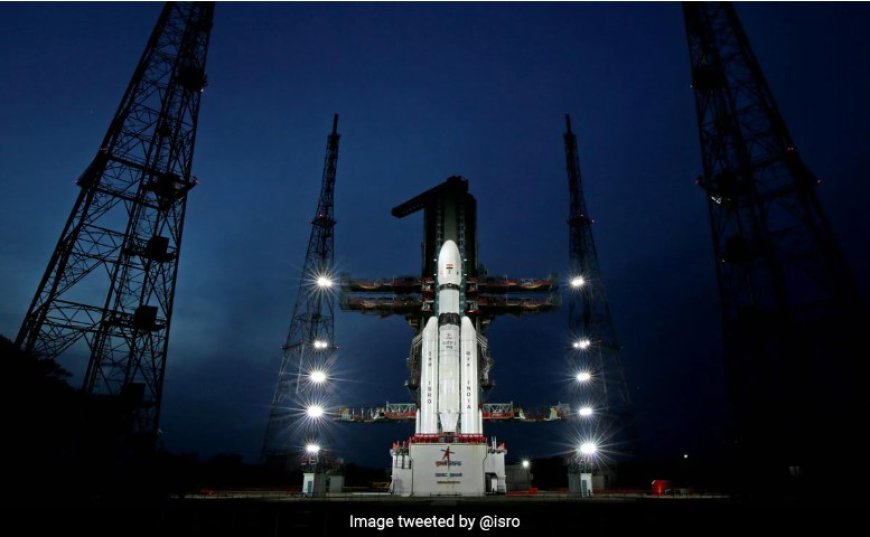Chandrayaan-3 Launches On July 14 : Date, Time, Place, Key Features, All You Need to Know
Get ready for the launch of Chandrayaan-3 on July 14! Discover when and how to watch the live coverage of this exciting mission online. Join the Indian Space Research Organization (ISRO) as they deploy a lander and rover on the moon's high regions, showcasing their end-to-end landing and roaming capabilities. Don't miss this opportunity to witness the next chapter in lunar exploration
Chandrayaan-3, the successor mission of Chandrayaan-2, is scheduled to launch on Friday, July 14, 2023. The Indian Space Research Organization (ISRO) aims to deploy a lander and a rover on the high regions of the moon with Chandrayaan-3. It will demonstrate end-to-end landing and roaming capabilities near the southern pole of the moon. Chandrayaan-3 will be launched at 2:45 IST on Friday using the Launch Vehicle Mark III (LVM3), also known as Geosynchronous Satellite Launch Vehicle Mark III.
The spacecraft weighs 3,900 kilograms and consists of a lander, a rover, and a propulsion module. The rover is similar to the Vikram rover of Chandrayaan-2 but has been upgraded to ensure safe landing. The assembly and electrical testing of the LVM3-M4 and Chandrayaan-3 spacecraft have been completed.

According to ISRO Chairman S. Somanath, Chandrayaan-3 is expected to soft-land on the moon on August 23 or 24. The objectives of Chandrayaan-3 include conducting in-situ scientific experiments, developing and testing new technologies for interplanetary missions, and demonstrating the capability of safe and soft landing and roving on the lunar surface.
The lander of Chandrayaan-3 was designed to accommodate the rover, with the goal of conducting in-situ chemical studies of a designated location on the moon's surface after a slow descent. The lander module will be taken to a circular orbit of the final 100 kilometers by the propulsion module.
As described on NASA's website, even after separation, the propulsion module will continue to orbit the moon and function as a communication satellite. Each of the three modules - lander, rover, and propulsion - will have its own scientific payload. The propulsion module, depicted as a box, will contain a large solar panel on one side and a large cylinder on top. The intermodule adapter cone will function as a mounting structure for the lander.
The main thruster nozzle is located based on the propulsion module. The lander, with its box-like shape, is equipped with four landing legs, four landing engines, several sensors to identify obstacles and determine their location for ensuring safe landing, and various types of cameras. Additionally, the lander has an X-band antenna for communication.
The rectangular rover has six wheels, a camera for navigation, and is included in the rectangular shape.



































